Stenognathus is a genus of beetles in the family Carabidae, containing the following species:

Notiophilus is a genus of ground beetle native to the Palearctic, the Nearctic, the Near East and North Africa. Most known for their distictive head shape and size-body ratio the genus is sometimes referred to as the springtail stalkers.
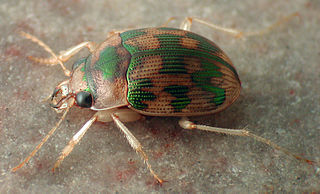
Omophron is a genus of ground beetle (Carabidae), the only extant genus in the subfamily Omophroninae. It is mostly distributed in the Northern Hemisphere with the southern border running through Guatemala and Hispaniola in Americas, South Africa and Madagascar in Africa, Malaysia and Philippines in Asia.

Brachinus is a genus of ground beetle native to the Nearctic, Palearctic, the Near East and North Africa. Beetles in this genus are commonly referred to as bombardier beetles. The genus contains the following species:

Cymindis is a genus of ground beetle native to the Palearctic, the Near East, and North Africa. It contains the following species:

Acupalpus is a genus of insect-eating beetle species. Its representatives are found across Europe, Asia, and North America.

Lebia is a genus of predatory ground beetles. Common names include colorful foliage ground beetles and flat ground beetles. They are found worldwide and there over 700 species in 17 subgenera.
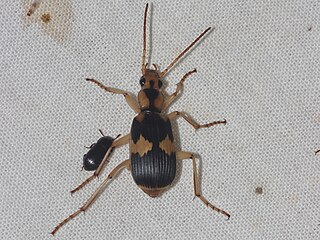
Pheropsophus is a genus of ground beetles in the family Carabidae.
Hexagonia is a genus of ground beetles in the family Carabidae. There are more than 40 described species in Hexagonia, found in Asia and Africa.

Amblystomus is a genus of beetles in the family Carabidae, containing the following species:
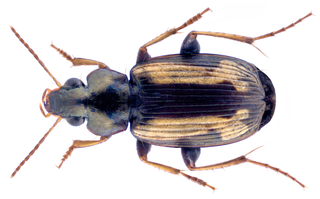
Tetragonoderus is a genus of beetles in the family Carabidae, containing the following species:

Apenes is a genus of ground beetles in the family Carabidae. There are at least 80 described species in Apenes.
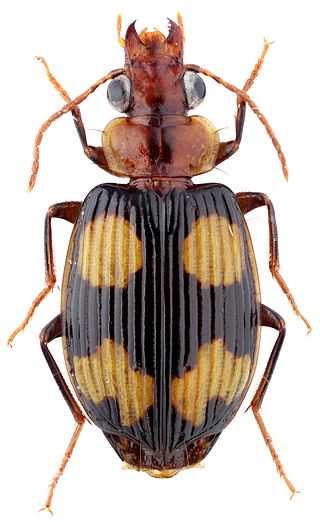
Coptodera is a genus of beetles in the family Carabidae, constituted of 105 species distributed across North and South America, Africa, Oceania and eastern Asia.
Eucheila is a genus of beetles in the family Carabidae, containing the following species:

Platynus is a genus of ground beetles in the family Carabidae. There are more than 180 described species in Platynus.

Sinechostictus is a genus of ground beetles in the family Carabidae. There are more than 30 described species in Sinechostictus.

Pogonus is a genus of ground beetles in the family Carabidae, found worldwide. There are more than 50 described species in Pogonus.

Siagona is a genus of ground beetles in the family Carabidae. There are more than 80 described species in Siagona, found mainly in Africa, the Mediterranean, and southern Asia.
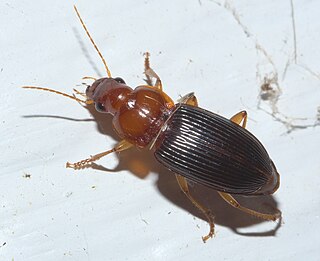
Harpalini is a tribe of a diverse group of ground beetles belonging to the subfamily Harpalinae within the broader family Carabidae. The tribe contains more than 1,900 species.















